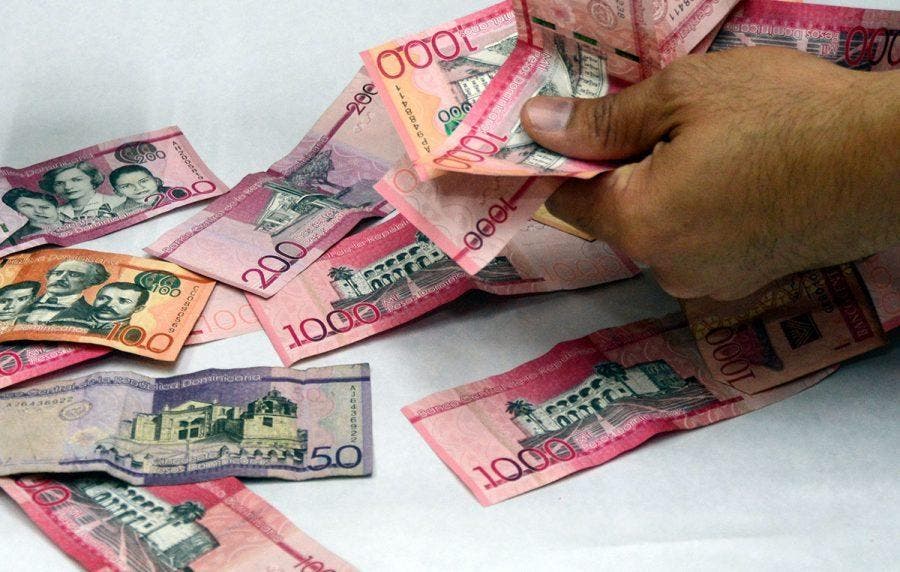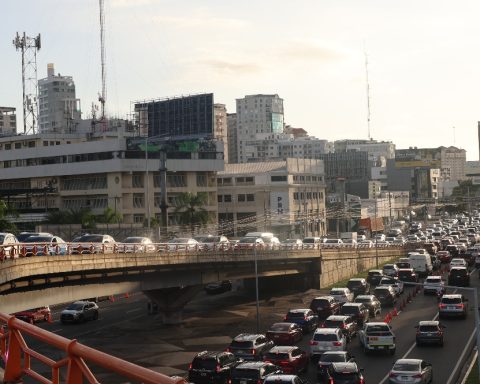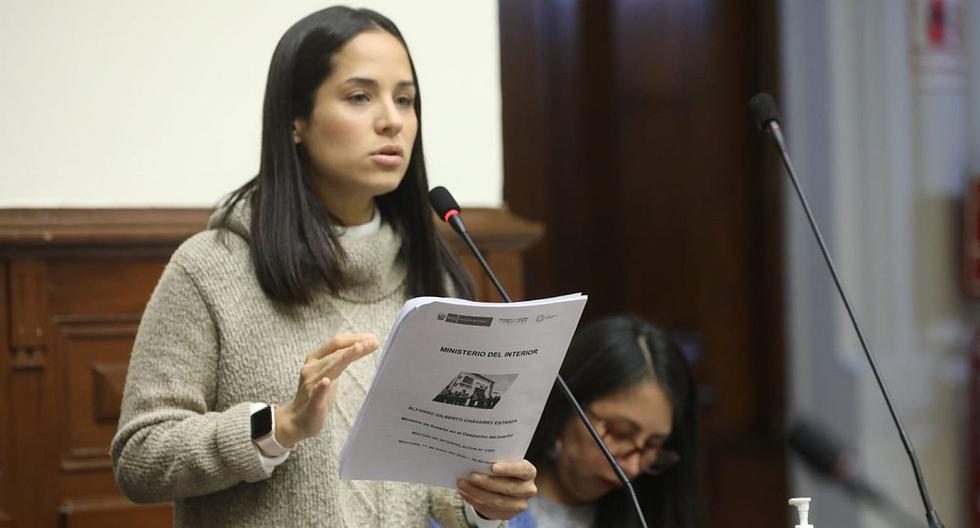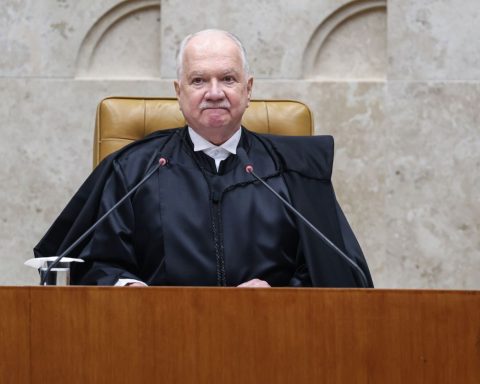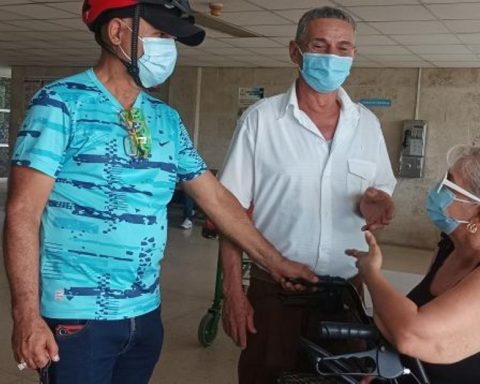Inflation, called by many the “tax of the poor” Due to its impact on the most depressed social sectors, it hit the economies of several Latin American countries hard last year and threatens to be again in 2023 a headache for governments that may even aggravate the problem of irregular migration. To united states.
Analysts agree that one of the most complex cases is that of Argentina, which with inflation of 94.8% almost doubled that of 2021, when it reached 50.90%, an unprecedented figure since the end of the last hyperinflation that that country suffered. country three decades ago.
The issue of the high cost of living also worries Colombia, which registered inflation of 13.12% (the highest in 23 years), Chile (12.8%, the highest since 1992), Peru (8, 56%, the highest in 26 years), Mexico (7.82%, the highest in 22 years) and Costa Rica (7.88%, the highest in a decade), in addition to the chronic case of Venezuela which, however, closed 2022 with a figure of 305.7 % compared to the astronomical 686.4% of 2021.
Read: Russia says ‘tragedy’ in Dnipro was caused by kyiv’s anti-aircraft system
The cost of living increased 9.2% in Guatemala, 8.29% in Uruguay, 8.1% in Paraguay, 7.83% in Dominican Republic, 5.79% in Brazil, 3.74% in Ecuador and 3.12% in Bolivia. The final data for the end of 2022 is still unknown for the rest of the countries.
For the former Colombian Finance Minister Juan Carlos Echeverry, the increase in inflation in Latin America is due to a combination of factors such as the effects of increased public spending and the issuance of money during the pandemic, the increase in demand, problems in the of supply and even the phenomenon of the girlwhich alters the climate in countries with coastlines on the Pacific Ocean.
EVERYTHING WENT WRONG
“Everything that could go wrong did go wrong when it comes to inflation – international shocks, more public spending, more money issuance. Everyone thought inflation was under control, not just in USA and in Europebut also in Latin America, and he was surprised when he realized that it even reached double digits,” Echeverry told EFE.
The panorama becomes more worrying if we add to this the annual report Preliminary Balance of the Economies of Latin America and the Caribbean, of the Economic Commission for Latin America and the Caribbean (Cepal), which a month ago projected that the regional growth of this year it will be a third of the rate expected for 2022.
“In a context of external uncertainties and internal restrictions, the countries of Latin America and Caribbean they will grow 3.7% in 2022, a little more than half the rate of 6.7% registered in 2021. It is estimated that in 2023 the slowdown in economic growth will deepen and a rate of 1.3% will be reached” points out this analysis.
According to the executive secretary of ECLAC, Jose Manuel Salazar-Xirinachsthe monetary policy responses adopted worldwide in 2022 in the midst of global inflation increased financial volatility and affected capital flows to emerging economies, among which are those of the countries of the region.
You could read: Up 2-1!: Licey takes the lead
Although inflation is not the main cause of migration to the United States, what happened in 2022 may somehow influence an increase in the flow to the northern country due to the difficulties faced by the most disadvantaged sectors.
“Poor families in Latin America have gone through very difficult times. Inflation, especially food, has risen dramatically by 20 percent, even 30 percent in some cases, and this affects the poorest the most, because they proportionally spend more of their income on food,” according to Echeverry. .
“This definitely has to do with migration forces, although it is not the biggest determinant. He sees itnezolanos, Central Americans and Cubans are fleeing from countries whose governments mismanage their economies and are looking for a better destiny, so inflation is only one of the factors, probably not the strongest, but one of the most pressing,” he added.
ARGENTINA, A DIFFERENT CASE
According to the former Colombian Finance Minister, 2023 will be “a difficult year” for several Latin American economies, especially those of Argentina and Chile, due to the possibility that inflation continues to rise and that a recession is added to this scenario.
“The case of Argentina needs different attention from other countries, because it has a traditionally poorly managed macroeconomic situation, it does not have an easy solution and the Government is constantly fed with issuance resources. Thus it is impossible to control the exchange rate and inflation, ”he commented.
In addition, the expert explained, “in Argentina there is simply a bad design of the economic policy, poor quality of the authorities, mismanagement of the Central Bank and discountrole of inflation and the exchange rate.
For his part, Chile, Peru, Colombia, Mexico and Brazil they have faced the situation in an orthodox way, with the increase in interest rates, and now they are faced with the dilemma of cutting or increasing public spending.
You can read: Bodies found in Pedro Brand identified
“Governments are in the dilemma of what to do, whether to control public spending or not,” Echeverry explained to EFE. There is a new wave of left-wing rulers in the region facing a fiscal dichotomy- if interest rates rise to control inflation, they can induce a decrease in economic activity, even a recession. But at the same time, his governments try to protect the poorest families by spending resources and, therefore, generating more fiscal deficit”, said the ex-minister of Tax authorities.
For this reason, “2023 is going to be a difficult year for Latin America. It is possible – he added – to avoid entering a recession in Europe and in United States, but it seems more difficult to avoid that recession in Chile or Argentina. Colombia will probably avoid recession with 2-3% growth; Peru, Mexico and Brazil probably They are going to be more positive, but Chile and Argentina are going to suffer more,” he concluded. echeverry.
Comparative table of inflation in 2021 and 2022
COUNTRY 2021 2022
Argentina 50.90% 94.8%
Bolivia 0.90% 3.12%
Brazil 10.06% 5.79%
Columbia 5.62% 13.12%
Costa Rica 3.30% 7.88%
Cuba 77.3% Not available
Chile7 .20% 12.8%
Ecuador 1.94% 3.74%
El Salvador 6.11% Not available
Guatemala 3.07% 9.2%
Honduras 5.32% Not available
Mexico 7.36% 7.82%
Nicaragua 7.21% Not available
Panama 1.6% Not available
Paraguay 6.8%8.1%
Peru6 .43% 8.56%
Dominican Republic 8.5% 7.83%
Uruguay 7.96% 8.29%
Venezuela 686.4% 305.7%
